How Powerful Should a Bathroom Extractor Fan Be
A bathroom extractor fan can come in many models and settings that alter the strength that it operates at. But what is the optimal setting? Or is it different for every individual bathroom?
In this blog, we will answer the question ‘How powerful should a bathroom extractor fan be?’
To prevent mould, fresh air should always be introduced into your dwelling daily, as it helps to regulate temperature and reduce condensation. Introducing fresh air can be as simple as having a ventilation routine, or installing extractors or PIV systems.
Having an understanding of the uses and reasoning for ducting can be just the information you require in order to get the correct ducting to fit your needs. Knowing how their differences can save you any potential mistakes if you choose to set it up yourself.
I-Sells is here to provide the answers you require whilst also supplying you with all the information you need to combat mould and have a well-ventilated home.
How do you know if your bathroom extractor fan isn’t powerful?
Ensuring your bathroom extractor fan is powerful enough is key to preventing moisture build-up and mould growth. Here’s how to identify an underperforming fan:
Look for signs of excessive moisture. If your mirror stays fogged for extended periods after showers, or you see water droplets on walls and ceilings, it indicates the fan isn’t removing moisture effectively. A persistent musty odour can also be a red flag of mould or mildew due to poor ventilation.
Indirect signs include slow drying times for towels and bath mats, or peeling paint and warping wallpaper, both caused by moisture build-up. The fan itself might also provide clues. An unusually loud or weak whirring sound could indicate the fan is struggling to move air.
If the fan seems to turn off very quickly after switching it on, it might be a sign it’s reaching its limits too soon due to insufficient power.
To confirm your suspicions, compare your fan’s airflow rating (if you can find the model specifications online) with recommendations for bathrooms of similar size. A simple test is to hold a tissue near the vent while the fan is running. If the tissue barely moves, it suggests weak airflow. By being observant and using these tips, you can determine if your bathroom extractor fan needs an upgrade to effectively combat moisture and prevent mould growth.
How powerful should a bathroom extractor fan be?
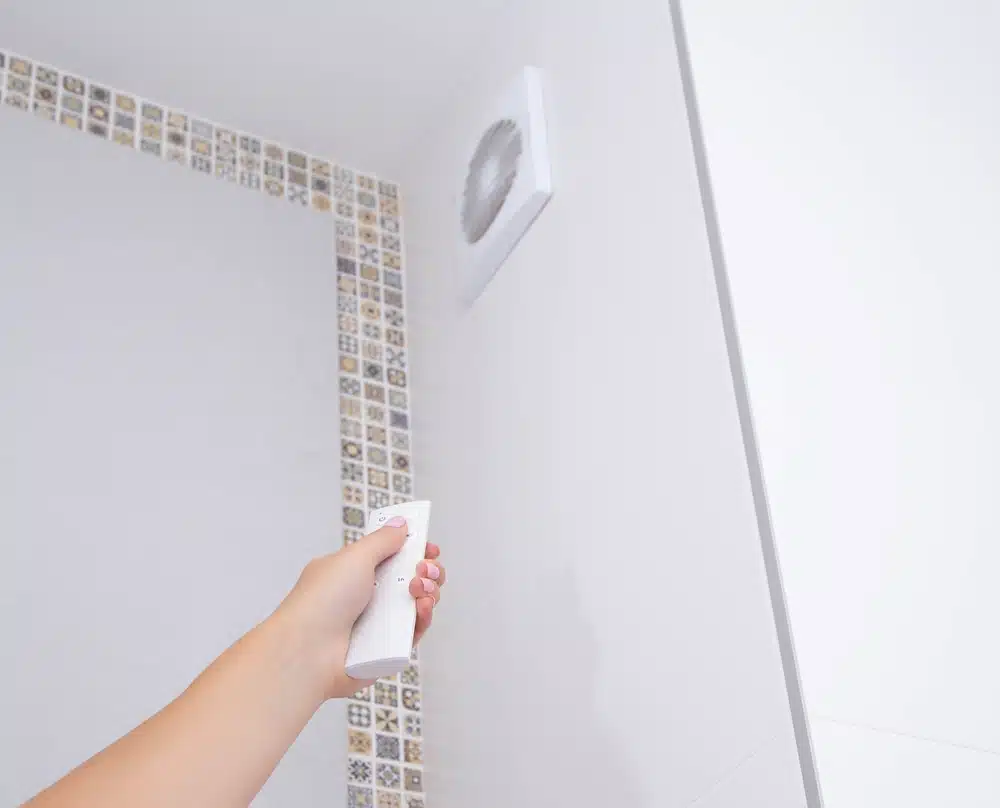
The ideal bathroom extractor fan power depends on the size of your bathroom and how much moisture it typically generates. Here’s a breakdown to help you choose the right one:
Factors to Consider:
- Bathroom Size: Larger bathrooms naturally produce more moisture, so they require more powerful fans to handle the airflow efficiently. Here’s a general guide:
- Small Bathrooms (less than 50 sq ft): A fan with a minimum airflow rating of 50 cubic meters per hour (m³/h) or 14 litres per second (L/s) should suffice.
- Medium Bathrooms (50-100 sq ft): Look for fans rated around 50-80 m³/h (14-23 L/s).
- Large Bathrooms (over 100 sq ft): For larger spaces, consider fans exceeding 80 m³/h (23 L/s).
Moisture Generation:
Think about how much moisture your bathroom generates. Factors like shower size, frequency of use, and ventilation in nearby rooms can influence this. If you have a large walk-in shower or use the bathroom very frequently, opt for a more powerful fan.
Additional Considerations:
- Noise Level: Bathroom fans generate noise while operating. Look for fans with noise level ratings mentioned in decibels (dB). Generally, lower dB ratings indicate quieter operation.
- Ducts and Installation: Ensure your chosen fan is compatible with your existing duct size (typically 4 or 6 inches) and consider the ease of installation for DIY or professional setup.
Here are some resources that might be helpful:
- Bathroom Fan Sizing Guides: Many bathroom fan manufacturers or retailers provide sizing guides on their websites to help you choose the appropriate fan based on your bathroom dimensions.
- Building Regulations: In some regions, building regulations might specify minimum extractor fan requirements for bathroom ventilation. Check with your local building authority if unsure.
By considering these factors and consulting relevant resources, you can select a bathroom extractor fan with the right power to effectively combat moisture and prevent mould growth in your bathroom.
Do bathroom extractor fans have different power settings?
No, typically, bathroom extractor fans don’t have different power settings like multiple fan speeds. They are designed to operate at a single speed for maximum efficiency in removing moisture from the bathroom. Though there are exceptions.
Here’s why adjustable speeds are uncommon:
- Optimised for Moisture Removal: Bathroom fans are engineered to move a specific volume of air at a specific speed to effectively remove moisture. Introducing variable speeds might compromise this optimised performance.
- Simplicity: Bathroom fans are generally designed for user-friendly operation. A single on/off switch keeps things simple and avoids confusion.
- Humidity Sensors (Alternative): Instead of variable speeds, some fans incorporate humidity sensors. These automatically turn the fan on when humidity levels rise above a certain point and turn it off when the air becomes dry. This ensures the fan operates only when necessary and maximizes efficiency.
Here are some alternative functionalities you might find in bathroom extractor fans:
- Timer Feature: Some fans have a built-in timer that allows you to set it to run for a predetermined duration after you turn it on. This is helpful to ensure proper ventilation even after you leave the bathroom.
- Light with Motion Sensor: Combination units with a light and a built-in motion sensor can provide additional functionality. The light turns on when motion is detected, and the fan activates when needed.
Overall, while bathroom extractor fans typically lack variable speed settings, they may offer alternative functionalities like humidity sensors or timers to optimise their performance and user convenience.
Is there a natural alternative to ventilating a bathroom?
While a bathroom exhaust fan is the most effective way to remove moisture, there are natural ventilation strategies you can implement for a low-tech approach. Focus on maximizing airflow whenever possible. Open windows during and after showers to let out steam and bring in fresh air. If you have a window and an exterior door, create a cross-breeze to efficiently remove moist air.
Secondly, consider reducing the moisture source itself. Opt for shorter, cooler showers to generate less steam. Hang wet towels outside the bathroom or in a well-ventilated area to prevent them from adding moisture back into the air.
Within the bathroom itself, improve air circulation by strategically placing bath mats and towels to allow for airflow and drying. Open curtains to allow indirect sunlight in, which can help dry surfaces. Choose absorbent bath mats made from natural materials like cotton or bamboo that dry quickly. Placing a bowl of baking soda in your bathroom can also absorb some moisture and neutralize odours, although regular replacement is necessary.
Remember, these natural methods work best in combination. In humid climates or large bathrooms, they might not be sufficient alone. Consider these strategies as complementary practices alongside a bathroom exhaust fan for optimal moisture control and mould prevention.
Invest in a bathroom extractor fan
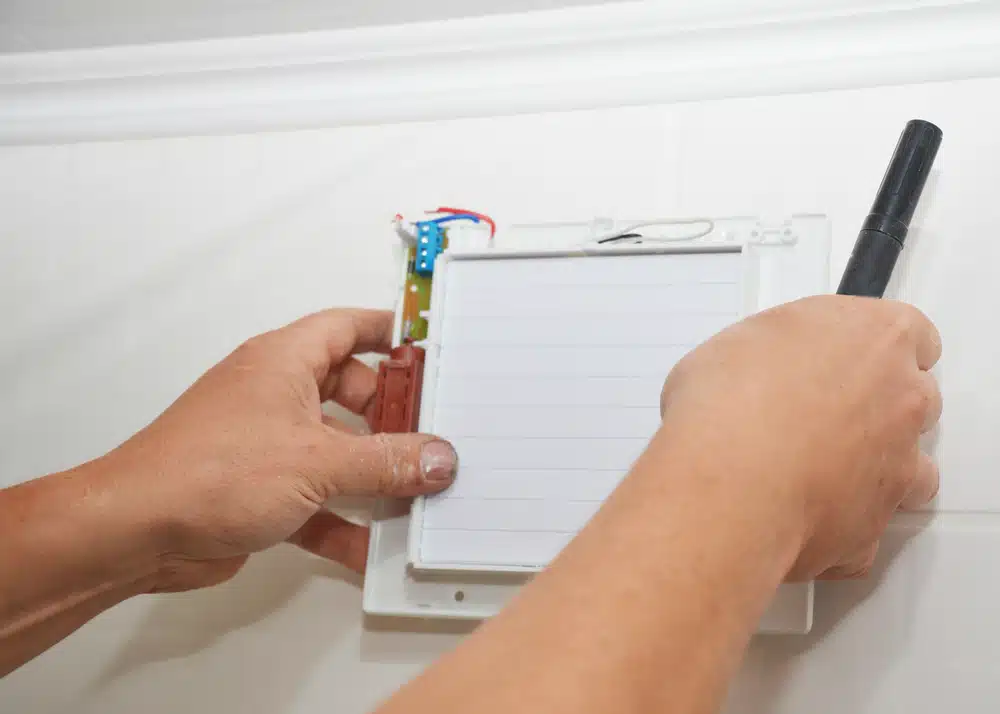
before deciding to invest in our mould solutions. Be sure to visit our blog page to gain knowledge on the wide array of factors and issues surrounding ventilation, mould, condensation, and much more.
We hope to have given you relevant information regarding the question ‘How powerful should a bathroom extractor fan be?’
We understand you may have more questions, do not hesitate to contact us for more information with regard to whatever you require our help with. If you’d like to email us, click here. For other contact options, see below:
Call us on 020 8463 9696
Visit us at our showroom:
*OPENING TIMES*
Monday – Friday: 8:00 am to 5:30 pm
Saturday: 9:00 am to 12:00 pm
Sunday: Closed
15 St John’s Parade
Sidcup, Kent
DA14 6ES
United Kingdom


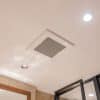
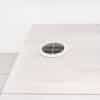
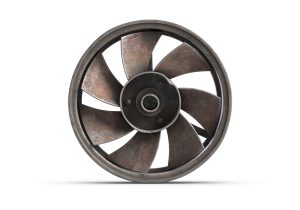

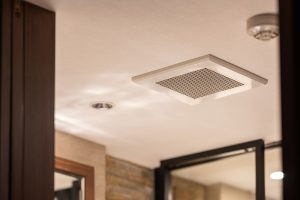





















Add comment
You must be logged in to post a comment.